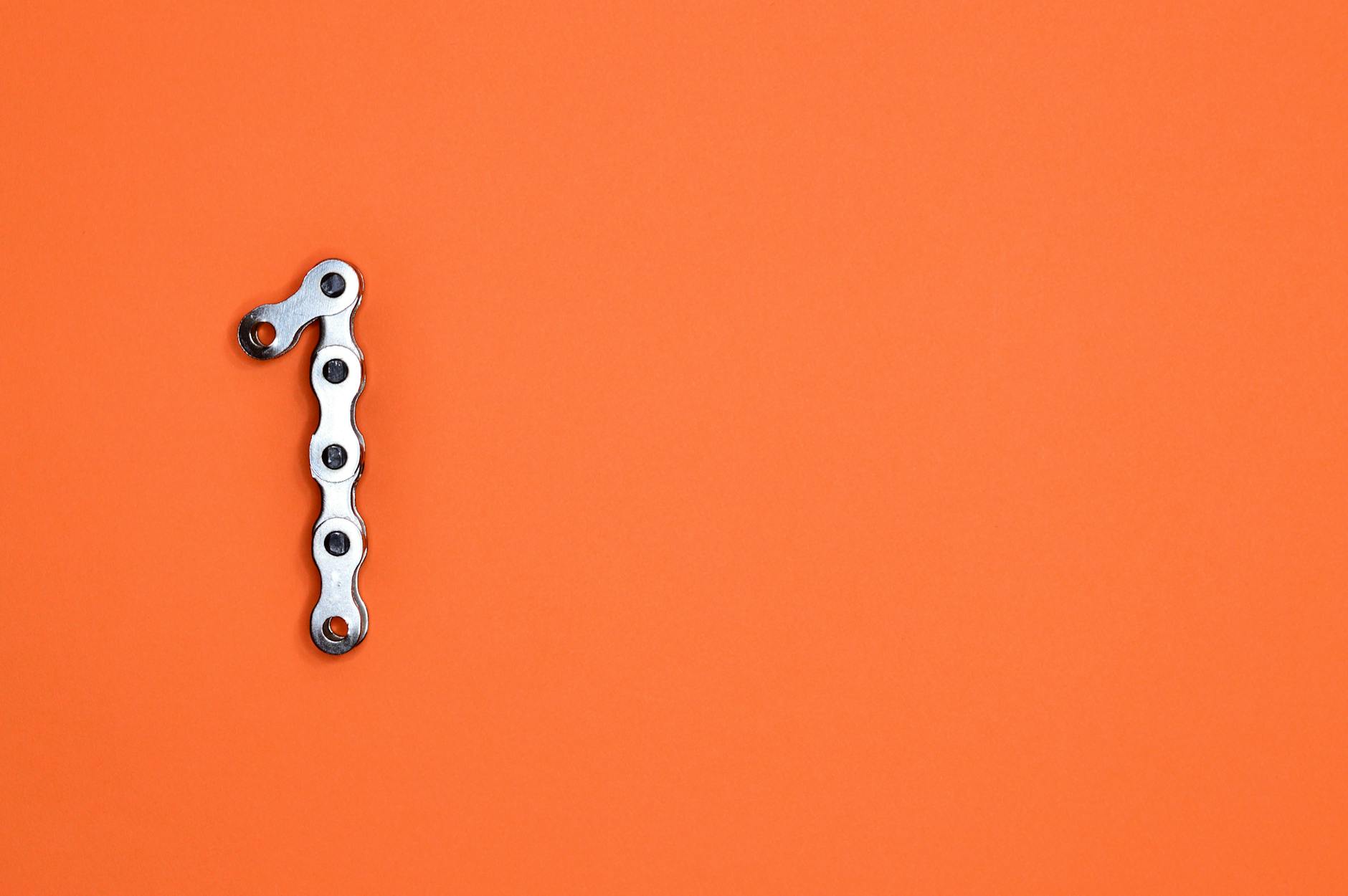The psychedelic revolution of the 1960s was marked by bright, vivid colors, mystical imagery, and a sense that anything was possible. This was not just a societal shift but a cultural movement that deeply affected music, fashion, and especially, the world of visual art. But to truly understand this influence on creative expression, it is essential to delve deeper into the phenomenon known as psychedelic art and the inspiration it draws from the psychedelic experiences.
Psychedelic art is not merely an aesthetic or a visual style, its roots are deeply intertwined with the altered consciousness brought about by the ingestion of a class of substances known as psychedelics. These substances produce a change in perception, mood, and cognitive processes leading to the creation of distinctive, mind-expanding handiworks.
The first notable effect of psychedelics on the artist’s process is a shift in perception. Artists often report increased sensory awareness and a deeper engagement with their surroundings during their psychedelic experiences. This can lead to the creation of work that incorporates elements of the visual representation in a uniquely heightened manner. Even Pablo Picasso reportedly made a notable shift in his work after trying mescaline.
But beyond these sensory changes, what truly sets psychedelic art apart is its basis in the subjective experience of the artist. In this form, the artist is not just a creator, but an explorer venturing into the vast territory of the mind. Through psychedelics, artists delve into uncharted territories of consciousness, exploring unusual dimensions, revealing hidden aspects of their psyche, and expressing deep personal and universal truths.
Psychedelics are also known to fuel creativity through the cultivation of spiritual growth. The substances, often termed as ‘entheogens’, are known to trigger profound, mystical experiences which profoundly influence the artist’s vision. This could translate into an artwork that represents self-transcendence or the realization of collective values and universal interconnectedness.
Artists, under the influence of psychedelics, often find themselves amidst vibrant, geometric patterns, and effulgent colors, all existing beyond our routine perception. Such captivating visual stimuli motivate many to transcribe these visions onto a canvas, culminating in higher dimensions of self-expression.
Significantly, the act of creating in itself can often mirror the nature of a psychedelic experience. An artist usually goes through phases of disciplined work, insightful breakthroughs, self-doubt, and eventual resolution. In many ways, this mimics the arc of a psychedelic experience – an initial struggle, a breakthrough into clarity, a reckoning with the self, and finally a reconciliation.
The psychedelic influence on art extends to the use of symbolism as well. Symbols like spirals, eyes, totem animals, fractals, and more populate the psychedelic art realm. They serve as the visual representation of abstract feelings and concepts churned by the mind on a psychedelic journey. It’s a way to frame the ineffable, to offer a glimpse into a state of mind that otherwise defies description.
In conclusion, the impact of psychedelics on art and creativity is multi-layered. Whether through elevating perceptual awareness, fueling the emergence of deep subconscious content, promoting spiritual growth, or bringing forth intricate symbolism and patterns, psychedelics indeed offer artists a potent tool for creative exploration.
However, it’s important to note that psychedelics are not necessarily a requirement for creative inspiration. Artists have summoned brilliant works from the depths of their imagination without the need for any substances. Psychedelics, thus, serve as a lens, not a crutch – a way to see the world, the self, and the artistic process in an entirely new dimension.
In the pursuit of understanding the intricate dance of artistic process and psychedelics, we open the gates to a world of complex imagination, deep introspection, and a vibrant sensory experience. And as we delve further into this captivating world, who knows what we might uncover next?




